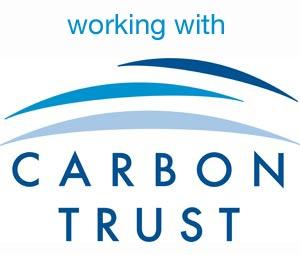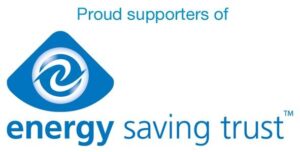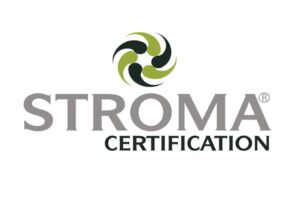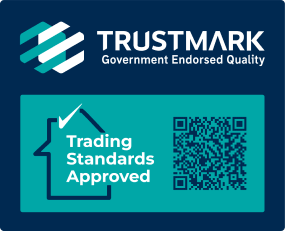In today’s rapidly evolving world, sustainability is no longer a mere buzzword; it’s a necessity. For property owners and developers in London, achieving sustainability not only contributes to global environmental efforts but also offers numerous tangible benefits. One of the most prominent ways to showcase this commitment is through BREEAM certification. This blog will guide you through the essentials of BREEAM certification, its benefits, and the process involved.
What is BREEAM?
BREEAM (Building Research Establishment Environmental Assessment Method) is the world’s leading sustainability assessment method for buildings. Developed by the Building Research Establishment (BRE), BREEAM evaluates the sustainability performance of buildings across various categories, including:
- Energy Efficiency
- Water Usage
- Indoor Environmental Quality
- Materials
- Management Processes
- Ecological Impact
Benefits of BREEAM Certification
Demonstrating Sustainability Leadership
Achieving BREEAM certification is a powerful way to demonstrate your commitment to sustainability and environmental responsibility. It provides a credible and recognised framework to showcase that your property meets high sustainability standards, setting it apart from non-certified buildings.
Enhancing Market Value and Attractiveness
BREEAM-certified buildings often enjoy increased market desirability. They attract environmentally-conscious tenants, investors, and customers who prioritise sustainable practices. This can positively impact occupancy rates, rental prices, property value, and overall market competitiveness.
Operational Cost Savings
BREEAM encourages the implementation of energy-efficient technologies, water management systems, and sustainable building practices. By optimising resource usage and reducing energy consumption, property owners can achieve significant cost savings through reduced utility bills and operational expenses 12.
Healthier and More Productive Environments
For building occupiers, BREEAM-rated buildings offer a healthier and more productive environment. These buildings prioritise occupant health and well-being by enhancing indoor air quality, natural light, and noise control, which can lead to a happier and more productive workforce.
The BREEAM Certification Process
Achieving BREEAM certification involves a structured process, which can be broken down into the following steps:
- Pre-Assessment
Engage a BREEAM advisor or assessor early in the project to conduct a pre-assessment. This step helps determine the building’s sustainability potential, understand the certification requirements, and identify strategies for achieving certification.
- Design Stage Assessment
During the design phase, an independent BREEAM assessor evaluates the design plans and specifications against the BREEAM criteria. The assessor provides guidance and recommendations to maximise sustainability and meet the certification targets.
- Post-Construction Assessment
After the building’s completion, a final assessment is conducted by the BREEAM assessor. This involves evaluating the actual performance of the building, including energy efficiency, water management, waste reduction, and overall environmental impact. Site visits and document reviews are typically part of this assessment.
- Certification and Rating
Based on the assessment results, the building is awarded a BREEAM certification rating. The rating levels range from “Pass” to “Outstanding,” reflecting the building’s sustainability achievements. The certificate and rating are then issued to the building owner, who can use them to showcase the building’s sustainability credentials.
Challenges and Solutions
Complexity of Assessment Criteria
Understanding and meeting the various aspects of BREEAM’s sustainability criteria requires expertise and effort. Enrolling in a BREEAM training course and involving a BREEAM assessor early in the project can help navigate these complexities.
Cost Implications
Implementing sustainable features and technologies can be expensive. However, the long-term operational cost savings and increased market value often outweigh the initial investment.
Coordination and Stakeholder Engagement
Successfully achieving BREEAM certification requires coordinating and engaging with various stakeholders, including building owners, developers, architects, engineers, and contractors. Developing a clear strategy and involving all parties from the outset can streamline this process.
Conclusion
BREEAM certification offers a robust framework for achieving sustainability in the built environment. For London properties, it not only enhances market value and operational efficiency but also demonstrates a strong commitment to environmental responsibility. By following the structured certification process and addressing potential challenges, property owners and developers can significantly contribute to a more sustainable future.
By investing in BREEAM certification, you are not just building for today but ensuring a sustainable legacy for the future. If you’re ready to embark on your BREEAM journey, our team of experts is here to help. Get In touch today, and let’s discuss how we can assist you in achieving your sustainability goals.











